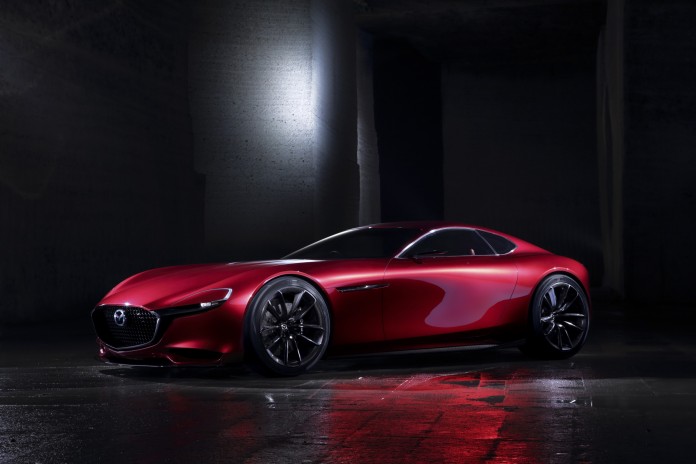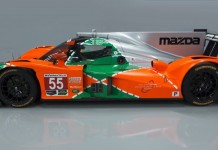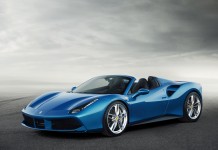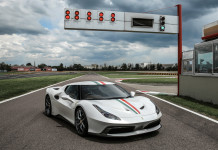If there’s one thing Mazda is known for, it’s the rotary engine. Starting in 1963 with the Cosmo, it’s been a hit ever since, the engines have powered some of the best chassis ever produced, and led the automaker to the only Japanese Le Mans win to date. When the RX-8 was released in 2004 we started to see a decline in the rotary engine. The engines seemed to be unreliable, they were getting terrible economy, and a few other issues ultimately led to the RX program being discontinued in 2012. Fast forward four years, Mazda has released the RX-Vision concept with a promise that the rotary will return, and now it seems that Mazda is holding true to that promise.
The SkyActiv division filed a patent back in August for a new design, and it’s wild. For those that are familiar with the rotary engine of old, the exhaust ports are on the bottom, and the intake manifold is on the top, with the fuel injectors sitting right under the intake manifold, this new turbocharged design has flipped that entirely, so now the exhaust is on the top, the intake is on the bottom, and the injectors are found on the side of the engine with the spark plugs. On top of these major changes we’ve seen an increase in displacement that takes us back to the 16X concept Mazda released in an attempt to save the RX-8. Roughly a 25-percent gain in displacement makes achieving power much easier, and could possibly yield other benefits as well.
What does all of this mean? Well in theory the turbo is now forcing air directly into the top of the engine and rotation cycle, we expect this is an effort to create low end torque that the rotary is so famous for lacking. It also would appear to be an attempt at gaining better fuel economy, what we have yet to see is how this will affect the notorious heat issues that the rotary produces. Only real life field testing will give us the answers we’re looking for.









